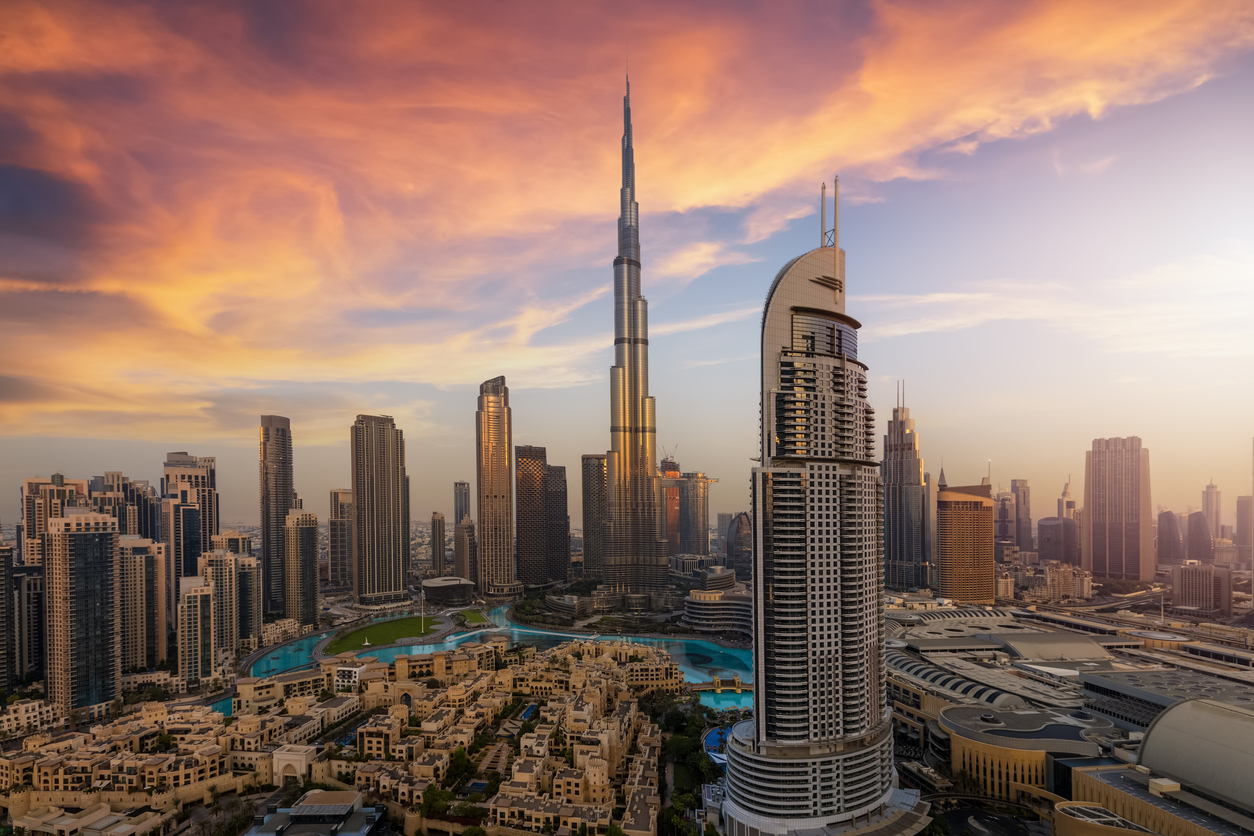
After a decade of uneven headlines, fluctuating tourism, and political instability, the Middle East is back — not just on travel radars, but dominating them. In 2025, the region isn’t a niche for risk-tolerant explorers or luxury-only travelers anymore. It’s going mainstream.
From Dubai to Amman, Muscat to Riyadh, travelers are booking trips across the Middle East in record numbers — and they’re not just going for the sand and souks.
Here’s why travel to the Middle East is surging again, what’s driving the comeback, and what it means for smart travelers now.
1. Massive Investment in Tourism Infrastructure
Countries across the Middle East are betting big on tourism — and backing it with real money.
- Saudi Arabia has launched Vision 2030, pouring billions into developing destinations like AlUla, NEOM, and the Red Sea coast. New hotels, airports, and visa reforms are already in play.
- Qatar used the 2022 World Cup as a launchpad to showcase its readiness for global tourism. Now it’s doubling down on museums, high-end hotels, and transit upgrades.
- Oman and Bahrain are positioning themselves as eco-conscious, culturally immersive alternatives to their flashier neighbors.
- UAE continues to dominate with Dubai’s nonstop development and Abu Dhabi’s growing cultural capital status.
This isn’t slow growth. It’s a region-wide pivot, designed to compete with Europe and Southeast Asia for global travelers.
2. Easier, Faster Visas — or None at All
The Middle East used to be a paperwork headache. In 2025, not anymore.
- UAE, Qatar, Jordan, and Oman offer visa-free or visa-on-arrival access to U.S., EU, UK, and many Asian passport holders.
- Saudi Arabia, once nearly impossible to enter as a tourist, now offers fast e-visas to dozens of nationalities — valid for tourism and religious travel.
- Regional travel is improving too. Multi-country trips that once meant weeks of visa wrangling now take minutes.
Bottom line: The region is open in ways it’s never been before.
3. Culture-Rich, Crowd-Light Alternatives to Europe
Sick of Venice in July? Tired of Paris price tags?
Middle Eastern cities are offering a similar mix — historic architecture, art, local markets, and great food — without the crushing crowds or peak-season costs.
Try:
- Amman instead of Athens — Roman ruins, deep history, no lines
- Muscat instead of Marseille — coastal views with real quiet
- Beirut instead of Barcelona — culinary capital with fewer tourists
- Jeddah instead of Dubai — Red Sea access with a heritage twist
These cities feel lived in, not curated for tourists — and that’s the point.
4. Booming Culinary and Cultural Scenes
The food in the Middle East has always been good. Now it’s finally getting the global credit it deserves.
- Tel Aviv is a powerhouse of modern Mediterranean cuisine.
- Beirut (when stable) is legendary for food, wine, and nightlife.
- Dubai is now home to Michelin-starred Arab, Indian, and pan-Asian restaurants — plus experimental pop-ups and street food tours.
- Riyadh and Jeddah are opening up fast, with local chefs blending tradition and innovation.
And beyond food? World-class museums, music festivals, desert fashion shows, and art biennales are drawing a new type of traveler — less “expat expander,” more “global culture consumer.”
5. Rising Safety and Stability in Key Countries
Yes, safety still matters. And no, the region isn’t uniform. But much of the Middle East is far safer than people assume — especially in 2025.
- UAE, Oman, Qatar, and Jordan consistently rank as some of the safest countries in the world for tourists.
- Saudi Arabia has strict laws but low crime and increasing tolerance toward foreigners — especially in designated tourist zones.
- Israel and parts of Lebanon continue to fluctuate, and caution is always required. But areas like the UAE, Oman, and Bahrain are considered low-risk for general travel.
Smart move: Always check current advisories. But don’t write off an entire region based on outdated headlines.
6. The Desert is the New Digital Detox
As overtourism drives travelers to rethink crowded urban centers, the open desert is having a moment.
- Wadi Rum (Jordan): Unreal landscapes that look like Mars. Luxury tents, camel rides, stargazing. Authentic, not artificial.
- Empty Quarter (Saudi/Oman border): Remote, raw, and the opposite of Instagram gloss.
- Sharqiya Sands (Oman): Less commercialized than Dubai’s dunes, and deeper in Bedouin tradition.
The desert offers a pace reset. No noise. No crowds. Just wide skies and timeless silence — the kind of luxury that money can’t fake.
7. Direct Flights Are Making Access Easier
It’s easier than ever to fly into the Middle East from the U.S., Europe, and Asia.
- Emirates, Qatar Airways, Turkish Airlines, and Etihad continue to dominate long-haul comfort.
- New carriers like Riyadh Air (launching routes in 2025) are expanding competitive options.
- Budget carriers like Flynas, Air Arabia, and Wizz Air Abu Dhabi are opening regional routes at low cost.
Translation: Multi-city Middle East itineraries are now cheaper and logistically smoother — with one-stop flights from nearly anywhere.
8. The Shift Toward Experiential Travel
The new Middle East pitch isn’t “come take a photo of a mosque.” It’s:
- Spend the night in a restored caravanserai.
- Take a cooking class with a Jordanian grandmother.
- Explore pre-Islamic archaeological sites with a local historian.
- Sleep under the stars in a Bedouin tent.
- Join an oud workshop in a rooftop café in Muscat.
It’s culture, not consumption. That’s the shift — and travelers are responding.
The Middle East in 2025 isn’t just “safe to visit.” It’s one of the most interesting, diverse, and fast-evolving regions on the planet. The infrastructure is ready. The experiences are real. And the crowds? Still manageable — for now.
If you’re looking for a destination that delivers depth, contrast, warmth, and surprise, skip the usual circuit. Go where the next wave is already happening.
Because the Middle East isn’t just back — it’s redefining what modern travel looks like.







